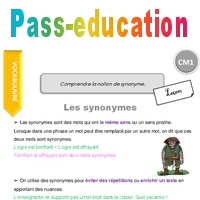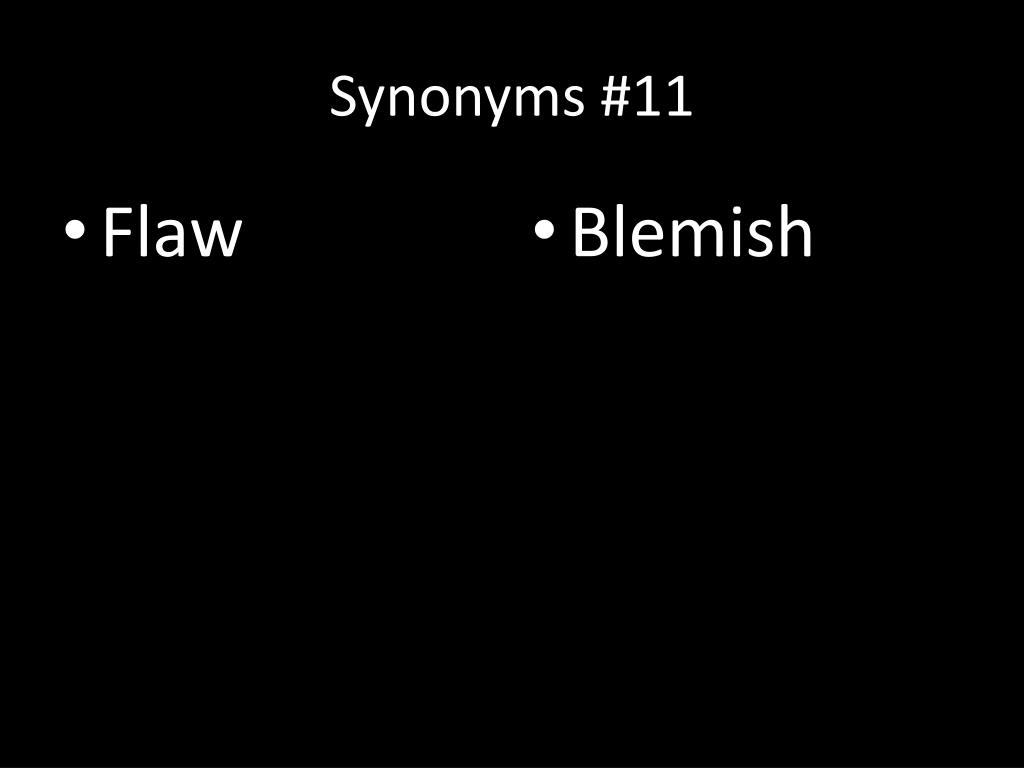
When you practice unconditional self-acceptance, you can begin to love yourself, embrace your authentic self, and work on improving your less-than-desirable traits and qualities. You will often perform well, but you will also err at times… You always and unconditionally accept yourself without judgment” “You accept that, as a fallible human being, you are less than perfect. You accept that you have made mistakes and that you have flaws, but you do not let them define you. It’s relatively easy to accept ourselves when we just did something great-won an award, fell in love, or started a fantastic new job-but accepting ourselves at our lowest and with our faults and flaws in stark relief is the real mark of unconditional self-acceptance.Īccording to therapist Russell Grieger (2013), unconditional self-acceptance is understanding that you are separate from your actions and your qualities. To begin working on yourself, the first step is not just self-acceptance, but unconditional self-acceptance. In other words, we must first acknowledge that we have undesirable traits and habits before we start off on our journey to improvement. If you’re thinking that accepting all the negative aspects of yourself sounds difficult-you’re not wrong! It’s not easy to accept the things that we desperately want to change about ourselves however-counterintuitively-it is only by truly accepting ourselves that we can even begin the process of meaningful self-improvement. It’s not enough to simply embrace the good, valuable, or positive about yourself to embody true self-acceptance, you must also embrace the less desirable, the negative, and the ugly parts of yourself. This definition emphasizes the importance of accepting all facets of the self. “ an individual’s acceptance of all of his/her attributes, positive or negative.” True self-acceptance is embracing who you are, without any qualifications, conditions, or exceptions (Seltzer, 2008).įor an academic definition, we can turn to Morgado and colleagues’ (2014) working definition: Self-acceptance is exactly what its name suggests: the state of complete acceptance of oneself. 29 Quotes and Affirmations on Self-Acceptance.Measuring Self-Acceptance with Scales, Tests, and Questionnaires.Self-Acceptance Activities for Adults and Groups.25 Exercises to Increase Self-Acceptance.6 Worksheets to Help Build Self-Acceptance (PDF).Using Self-Acceptance in Addiction Recovery.

5 Examples of Self-Acceptance in Practice.What is the Meaning of Self-Acceptance?.Old English also had an adjective ( mislic "diverse, unlike, various") and an adverb ( mislice "in various directions, wrongly, astray") derived from it, corresponding to German misslich (adj.).


Practically a separate word in Old and early Middle English (and often written as such). in a few verbs its sense began to be felt as "unfavorably," and it came to be used as an intensive prefix with words already expressing negative feeling (as in misdoubt). Productive as word-forming element in Old English (as in mislæran "to give bad advice, teach amiss").

Prefix of Germanic origin affixed to nouns and verbs and meaning "bad, wrong," from Old English mis-, from Proto-Germanic *missa- "divergent, astray" (source also of Old Frisian and Old Saxon mis-, Middle Dutch misse-, Old High German missa-, German miß-, Old Norse mis-, Gothic missa-), perhaps literally "in a changed manner," and with a root sense of "difference, change" (compare Gothic misso "mutually"), and thus possibly from PIE *mit-to-, from root *mei- (1) "to change."


 0 kommentar(er)
0 kommentar(er)
